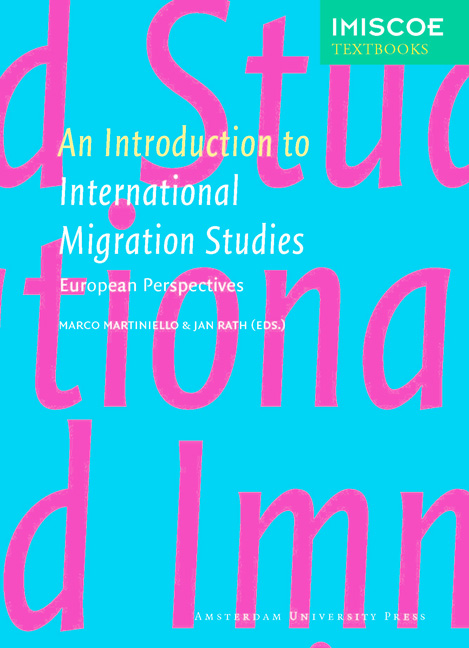10 - Environmental Migration
Published online by Cambridge University Press: 14 January 2021
Summary
Introduction
Environmental migration has received increased scholarly and policy attention in the last decade. Though environmental drivers have always played a role in migration movements, the number of natural disasters has seemed to be on the rise, and their severity appears to be worsening, possibly due to the first impacts of climate change. Research on environment-related migration flows in recent times has shed new light on the linkages between environmental changes and migration.
History shows numerous examples of migrations associated with environmental changes and disasters. In 1755, an earthquake destroyed most of Lisbon, inducing mass population displacements towards other parts of Portugal, with some of those displaced returning to the city later (Dynes 1997). The Dust Bowl migration in the US is another classic example of mass migration associated with environmental disaster. In that case, severe drought and soil-depleting agricultural techniques resulted in dust storms that pushed populations westward. Thousands of farmers from Oklahoma, Texas and Arkansas had no choice other than to sell their farms and move in the 1930s. The environmental ‘push’ factors are obvious in this migration decision, but it should be stressed that other socio-economic factors were at work as well. The migration took place within the context of the Great Depression (Hansen and Libecap 2004). Furthermore, the prospect of a better life in California played a crucial role as a ‘pull’ factor (Gregory 1991).
More recently, massive population displacements were triggered by catastrophes such as the Sumatran tsunami in 2004, hurricane Katrina in 2005 and cyclone Nargis, which ravaged Burma in 2008. These disasters raised public awareness about the fate of a new kind of ‘refugee’. In addition to those displaced by sudden events, many more are also displacements by slow-onset events. Most of these are related to climate change: villages resettled in the South Pacific islands to escape the rise in sea-level, farmers and pastoralists moving to cities because desertification threatens their livelihoods in sub-Saharan Africa and Northern China, and Inuit communities displaced by the melting of the permafrost in Alaska. These population movements are not alike, but all can be presented as ‘environmental migration’ and envisioned through this lens.
- Type
- Chapter
- Information
- An Introduction to International Migration StudiesEuropean Perspectives, pp. 237 - 258Publisher: Amsterdam University PressPrint publication year: 2012



